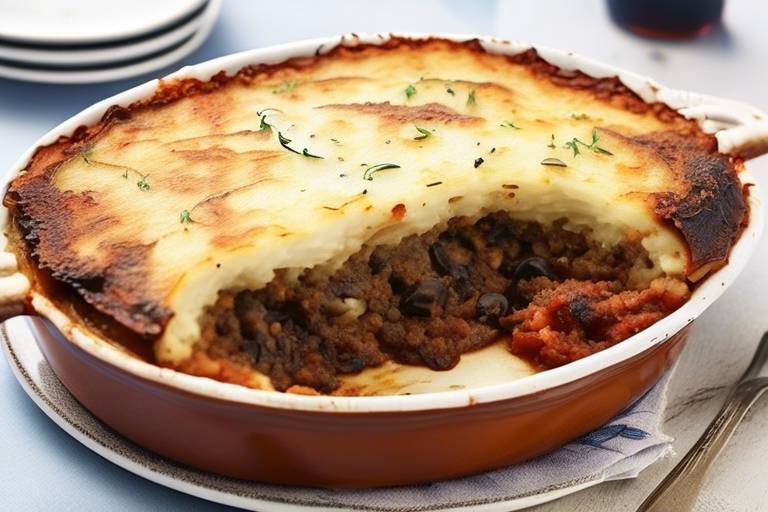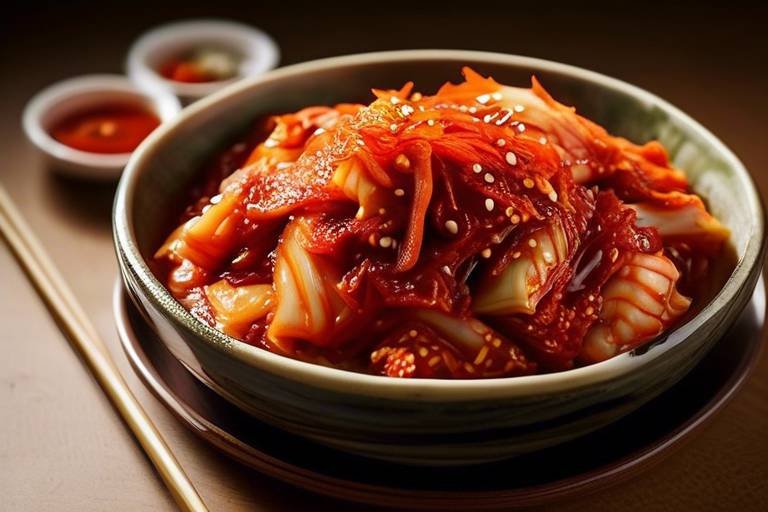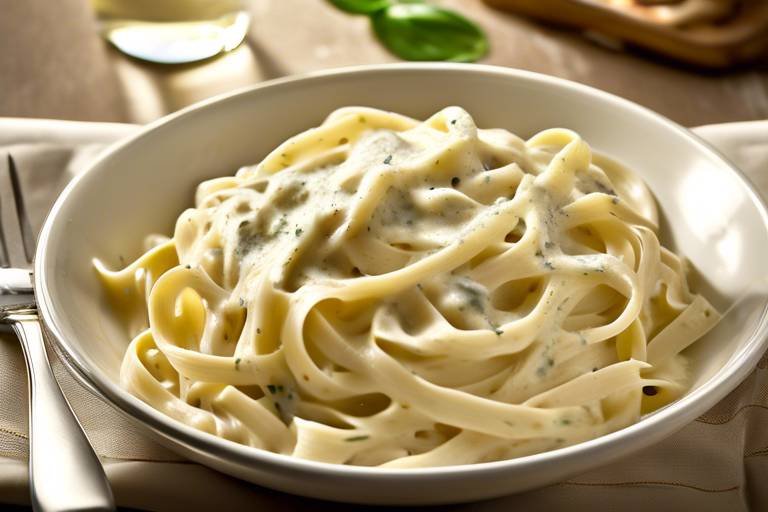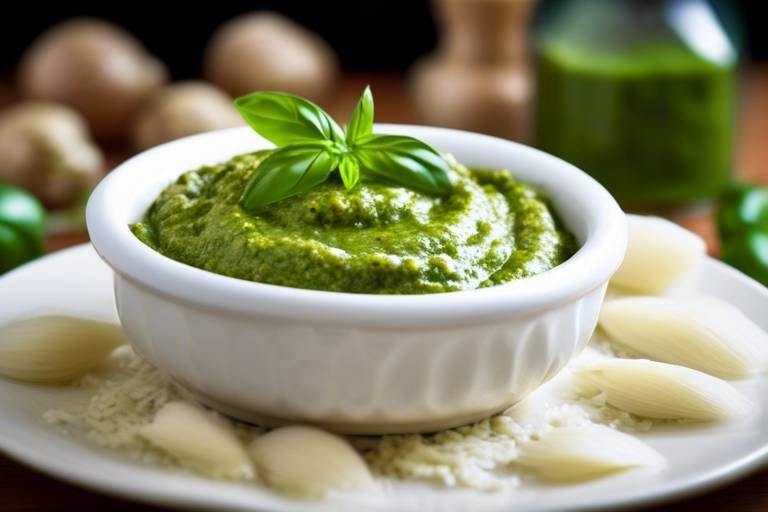Discovering the Flavors of Traditional Moroccan Mrouzia
Are you ready to embark on a culinary journey like no other? Let's delve into the world of traditional Moroccan Mrouzia, a dish that tantalizes the taste buds with its unique blend of sweet and savory flavors. Imagine a dish that surprises your palate with each bite, exploding with a symphony of spices and tender meat, all enveloped in a luscious sauce that leaves you craving for more.
Originating from ancient Moroccan traditions, Mrouzia is not just a dish; it's a cultural experience that has been passed down through generations, gracing festive occasions with its rich aroma and exquisite taste. The roots of Mrouzia run deep in Moroccan heritage, symbolizing warmth, hospitality, and the joy of coming together over a shared meal.
What sets Mrouzia apart are the carefully selected ingredients that come together to create a harmonious flavor profile. From a medley of aromatic spices like cinnamon, cumin, and ginger to succulent pieces of meat, sweet dried fruits, and a drizzle of golden honey, each component plays a vital role in creating the complex layers of taste that define Mrouzia.
The preparation of Mrouzia is a labor of love, requiring patience and skill to marinate the meat, slow cook it to perfection, and infuse it with a blend of spices and sweet ingredients. The result is a dish that melts in your mouth, leaving behind a lingering sweetness that dances on your taste buds.
In Moroccan cuisine, Mrouzia holds a special place as a dish reserved for special occasions and celebrations. It embodies the spirit of togetherness and tradition, symbolizing the generosity and warmth of Moroccan hospitality. To savor a plate of Mrouzia is to partake in a culinary ritual that transcends mere sustenance, offering a glimpse into the soul of Moroccan culture.
As Mrouzia travels across different regions of Morocco, it undergoes unique adaptations and variations, reflecting the diverse influences and personal preferences of each locale. From the mountains to the coast, each version of Mrouzia tells a different story, adding a new chapter to the rich tapestry of Moroccan cuisine.
When it comes to serving Mrouzia, presentation is key. The dish is often garnished with almonds, sesame seeds, and a sprinkle of powdered sugar, adding a visual appeal that complements its exquisite taste. Accompanied by fluffy couscous or crusty bread, Mrouzia is a complete meal that satisfies both the stomach and the soul.
For those seeking an elevated dining experience, pairing Mrouzia with Moroccan wines is a match made in culinary heaven. The bold flavors of the dish harmonize with the subtle notes of the wine, creating a symphony of taste that lingers long after the last sip.
In the world of modern cuisine, chefs and food enthusiasts are pushing the boundaries of tradition, reimagining Mrouzia in innovative ways. By blending traditional flavors with contemporary techniques, they breathe new life into this classic dish, creating a fusion of old and new that captivates the senses.

Origins of Mrouzia
The origins of Mrouzia can be traced back to the rich tapestry of Moroccan culinary history, where flavors and traditions intertwine to create a truly unique dish. This traditional delicacy has its roots in ancient Moroccan culture, where it was prepared for special occasions and festive gatherings. The name "Mrouzia" itself reflects the historical significance of the dish, with some theories suggesting connections to the word "marinated" in Arabic, highlighting the marinating process central to its preparation.
Historically, Mrouzia was a dish reserved for royalty and nobility, showcasing the opulence and sophistication of Moroccan cuisine. It was often served during important celebrations and ceremonies, symbolizing hospitality, generosity, and communal feasting. The intricate blend of spices, meat, dried fruits, and honey in Mrouzia reflects the diverse cultural influences that have shaped Moroccan gastronomy over the centuries.
As Moroccan cuisine evolved and diversified, Mrouzia became a staple in traditional households, passed down through generations as a treasured recipe. The dish embodies the essence of Moroccan culinary heritage, preserving age-old traditions and flavors that continue to captivate palates around the world. Today, Mrouzia remains a symbol of culinary excellence and cultural pride, representing the enduring legacy of Moroccan gastronomy.
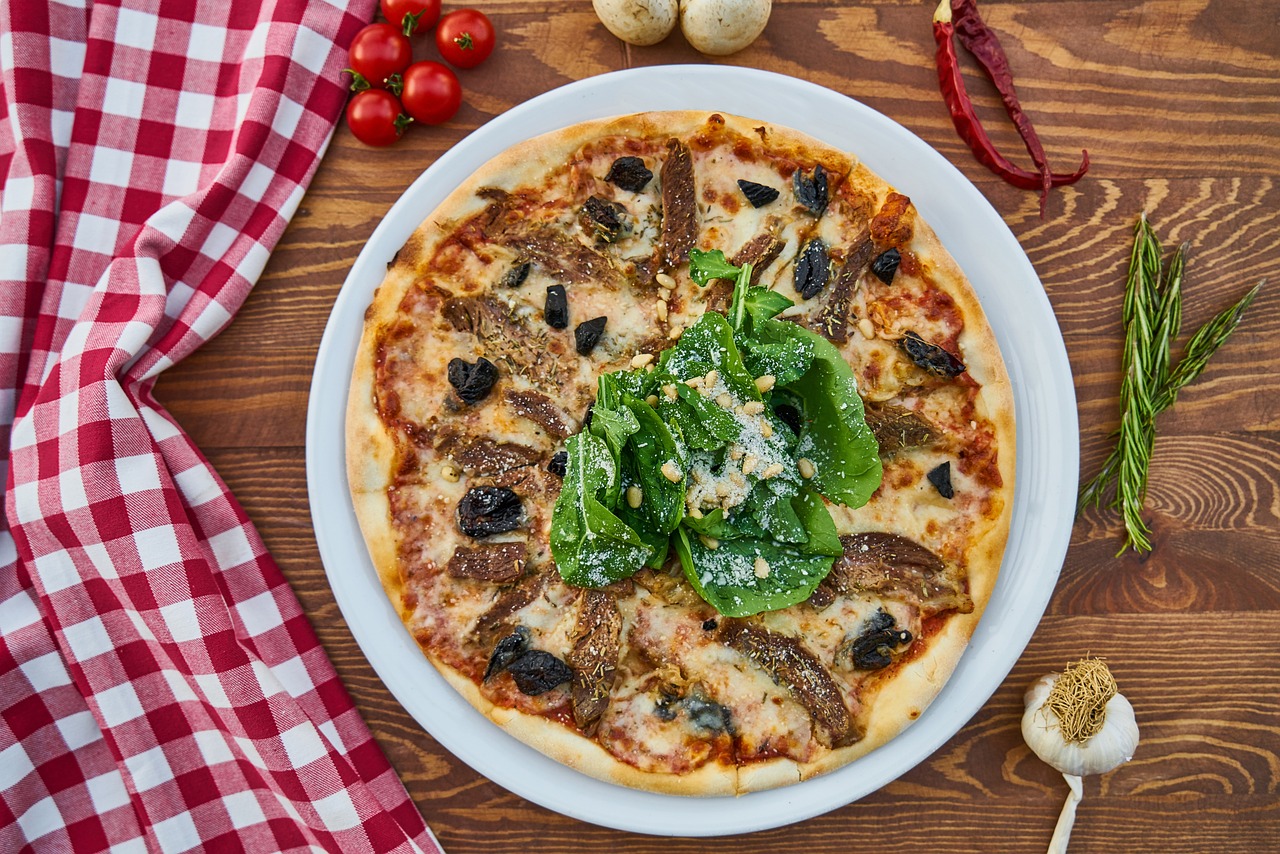
Ingredients Used in Mrouzia
Mrouzia, a traditional Moroccan dish, is renowned for its complex and rich flavors that come from a unique blend of ingredients. The key components used in preparing Mrouzia contribute to its distinctive taste, combining sweet and savory elements in a harmonious way.
The main ingredients used in Mrouzia include a variety of aromatic spices such as cinnamon, cumin, ginger, and saffron, which infuse the dish with a warm and fragrant aroma. These spices are carefully selected to create a flavorful base for the dish, enhancing the overall taste profile.
In addition to spices, Mrouzia typically features tender cuts of meat, often lamb or beef, that are marinated and slow-cooked to perfection. The meat becomes tender and succulent, absorbing the flavors of the spices and other ingredients, resulting in a melt-in-your-mouth texture.
One of the defining elements of Mrouzia is the use of dried fruits such as apricots, prunes, and raisins, which add a natural sweetness to the dish. These fruits provide a contrast to the savory flavors of the meat and spices, creating a well-balanced and nuanced taste experience.
Another essential ingredient in Mrouzia is honey, which acts as a sweetener and binder, bringing all the flavors together in a cohesive way. The honey adds a subtle sweetness that complements the spices and dried fruits, adding depth and complexity to the dish.
Overall, the combination of spices, meat, dried fruits, and honey in Mrouzia results in a dish that is both comforting and exotic, showcasing the diverse culinary influences of Moroccan cuisine.

Preparation Methods
When it comes to preparing the traditional Moroccan dish of Mrouzia, the process is as intricate and delightful as the flavors it embodies. The journey begins with selecting the finest cuts of lamb or beef, which are then marinated in a blend of aromatic spices such as cinnamon, ginger, turmeric, and pepper. This marination step is crucial as it allows the meat to absorb the rich flavors, setting the foundation for a tantalizing culinary experience.
Once the meat has been marinated to perfection, the next step involves slow cooking the dish to allow the flavors to meld together harmoniously. The meat is gently simmered in a savory broth infused with saffron, onions, and a touch of honey, creating a luscious and fragrant base. Additionally, the addition of dried fruits such as dates, apricots, and raisins adds a subtle sweetness that balances the overall taste profile of Mrouzia.
As the dish simmers on low heat, the kitchen is filled with an irresistible aroma that promises a culinary explosion of flavors. The slow cooking process is essential in ensuring that the meat becomes tender and succulent, absorbing all the nuanced flavors of the spices and fruits. Patience is key in preparing Mrouzia, as the slow cooking method is what ultimately gives the dish its signature taste and texture.
Before serving, a final touch of toasted almonds or sesame seeds is often sprinkled over the dish, adding a delightful crunch and nutty flavor that complements the tender meat and sweet fruits. The presentation of Mrouzia is as important as its preparation, with many opting to garnish the dish with fresh herbs and citrus zest for a vibrant and visually appealing finish.
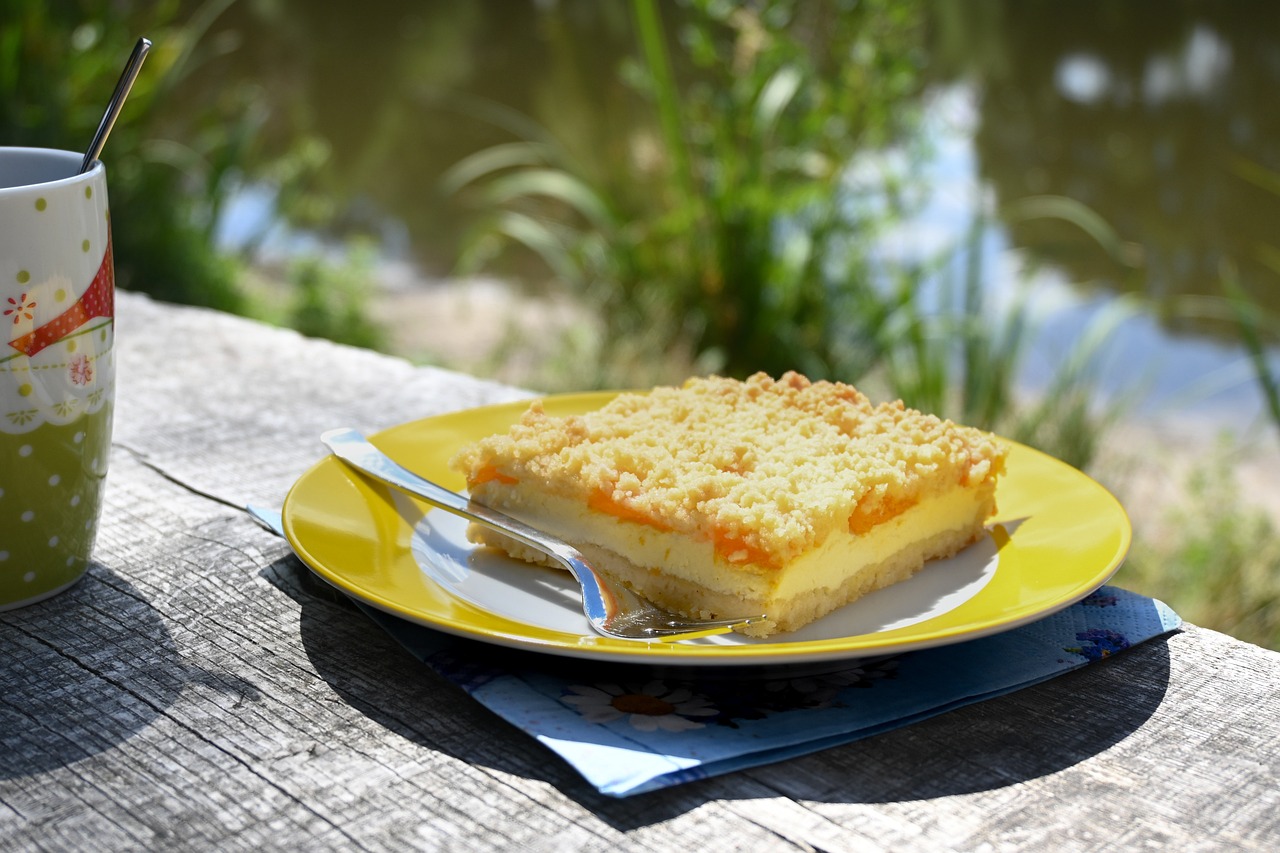
Significance in Moroccan Cuisine
When it comes to Moroccan cuisine, Mrouzia holds a special place as a dish deeply rooted in tradition and cultural significance. This flavorful delicacy is not just a meal but a symbol of hospitality and celebration in Moroccan culinary heritage. The preparation of Mrouzia is often associated with festive occasions, family gatherings, and important events, where the dish takes center stage in showcasing the richness of Moroccan flavors.
The significance of Mrouzia in Moroccan cuisine goes beyond its taste; it embodies the spirit of togetherness and generosity that are integral to Moroccan hospitality. Serving Mrouzia to guests is a gesture of warmth and respect, reflecting the importance of sharing food as a communal experience. The dish is a culinary expression of tradition, passed down through generations as a reminder of cultural identity and values.
Moreover, Mrouzia is not just a meal but a representation of Morocco's diverse culinary history, blending influences from Berber, Arab, and Andalusian traditions. The unique combination of sweet and savory flavors in Mrouzia reflects the country's vibrant culinary tapestry, where spices, dried fruits, and tender meat come together in a harmonious symphony of taste.
For Moroccans, Mrouzia is more than just a dish on the table; it is a symbol of heritage, connection, and pride. The careful preparation and serving of Mrouzia signify respect for culinary traditions and the art of hospitality, making it a beloved and revered dish in Moroccan cuisine.
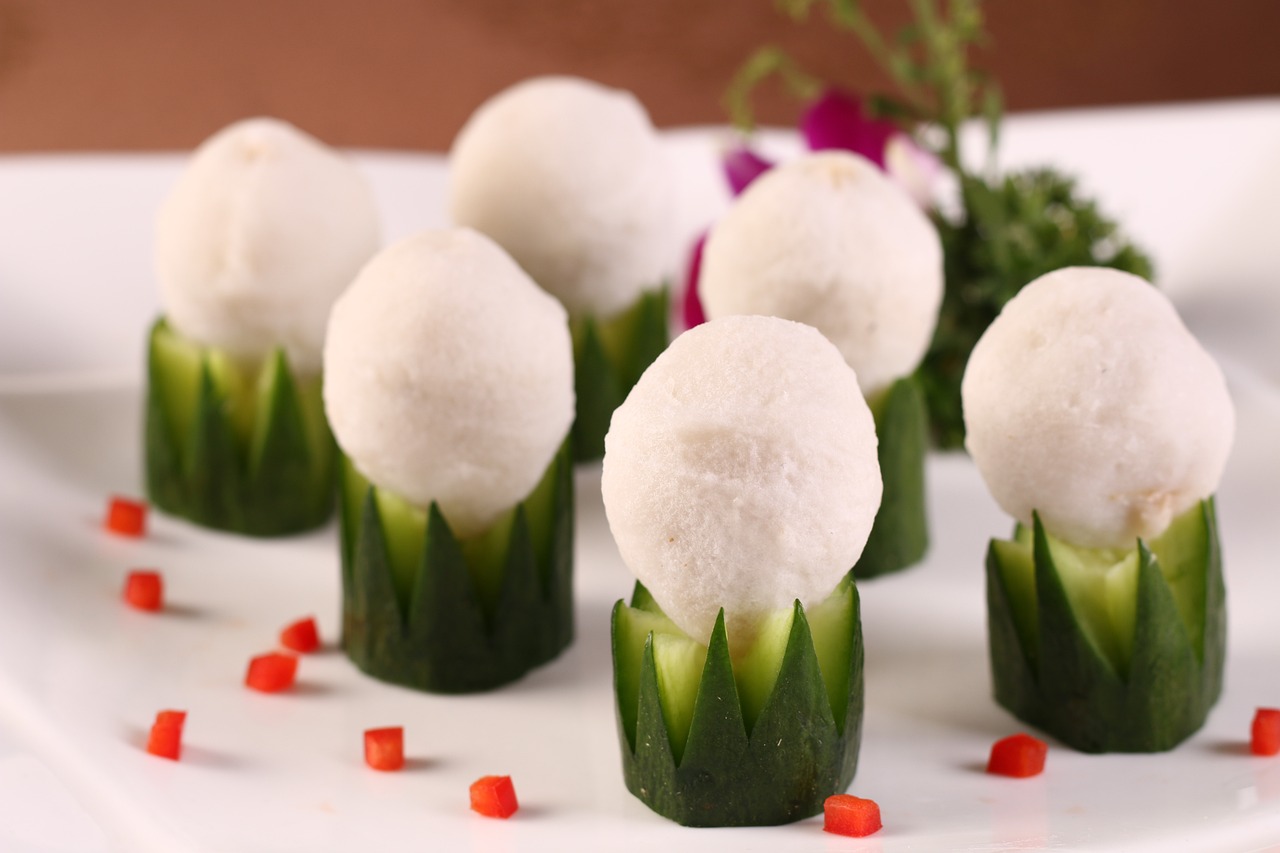
Variations of Mrouzia
When it comes to the culinary landscape of Morocco, the variations of Mrouzia shine brightly as a testament to the diverse flavors and regional influences present in the country's cuisine. From the bustling streets of Marrakech to the coastal towns of Essaouira, each region offers its unique twist on this traditional dish.
One of the most notable variations of Mrouzia is the use of different types of meat. While lamb is the most common choice, some regions opt for beef or even poultry to create their own version of this savory-sweet delicacy. The type of meat used can significantly impact the overall taste and texture of the dish, adding a layer of complexity to the culinary experience.
Additionally, the choice of spices and seasonings varies from one region to another, with some areas favoring a more robust and fiery flavor profile, while others lean towards a milder and sweeter taste. Cumin, cinnamon, ginger, and saffron are among the staple spices used in Mrouzia, but the exact blend and proportions can differ greatly, giving each variation its unique character.
Furthermore, the selection of dried fruits and nuts in Mrouzia is another aspect where regional differences come into play. While some versions may feature a medley of raisins, apricots, and almonds, others might incorporate prunes, figs, or pistachios for a distinct twist. The combination of sweet and tangy flavors from the fruits adds a delightful contrast to the rich, savory base of the dish.
Moreover, the use of honey or sugar in Mrouzia varies across regions, with some recipes calling for a generous drizzle of honey to enhance the sweetness, while others prefer a more subtle hint of sugar to balance the flavors. This variation in the level of sweetness contributes to the overall complexity of Mrouzia, making each rendition a unique culinary experience.
In essence, the variations of Mrouzia reflect the rich tapestry of Moroccan gastronomy, showcasing the creativity and ingenuity of local chefs and home cooks in adapting this traditional dish to suit their preferences and local ingredients. Whether enjoyed in a bustling souk or a cozy family gathering, each version of Mrouzia tells a story of heritage, flavor, and culinary artistry that continues to captivate food enthusiasts around the world.
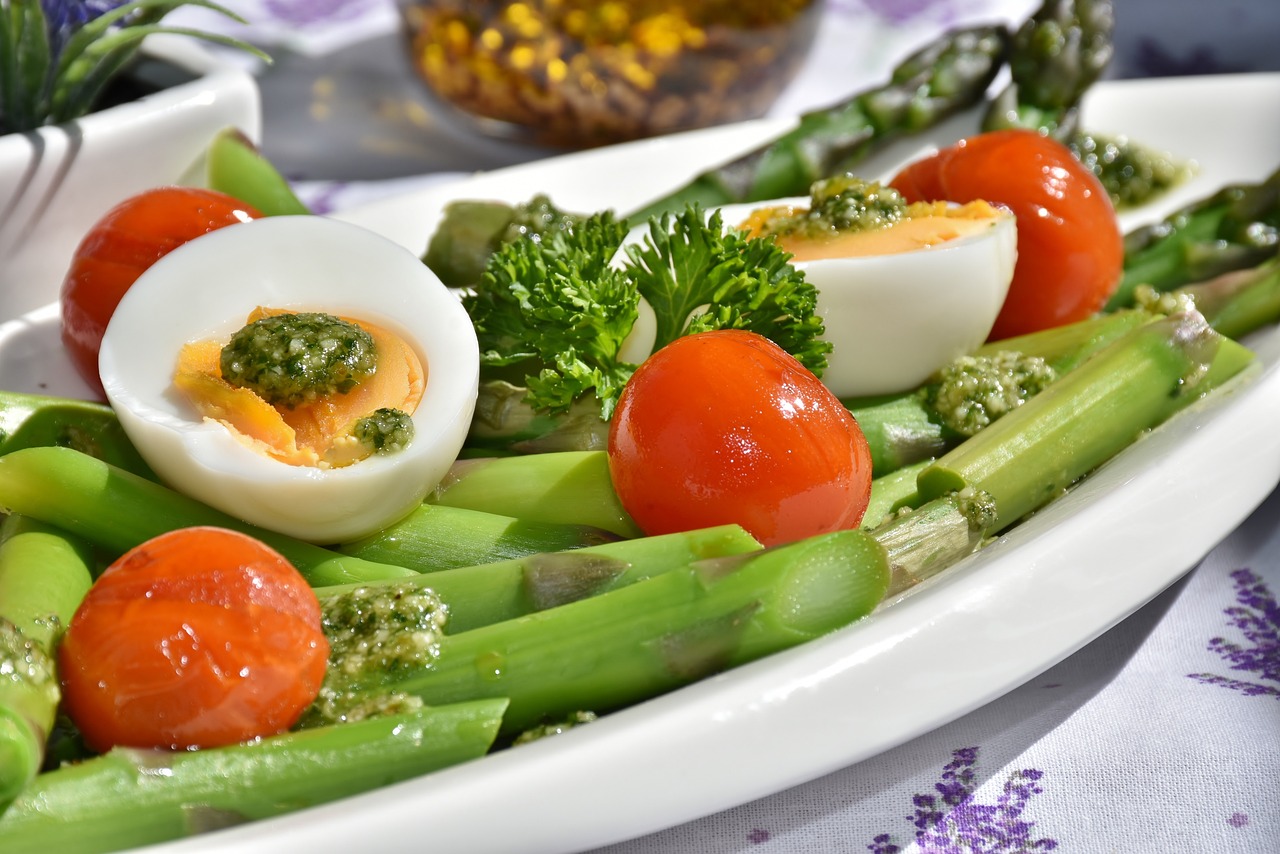
Serving and Presentation
When it comes to serving and presenting Moroccan Mrouzia, attention to detail is key to creating an authentic dining experience that delights both the palate and the eyes. The traditional way of serving this flavorful dish involves more than just placing it on a plate; it is a ritual that elevates the meal to a cultural celebration.
The dish is often served in a communal setting, symbolizing togetherness and sharing among family and friends. A large platter of steaming Mrouzia, rich with aromatic spices and tender meat, takes center stage, inviting diners to partake in a sensory journey through Moroccan culinary traditions.
Garnishes play a crucial role in enhancing the visual appeal of Mrouzia. Sprinklings of toasted almonds or sesame seeds add a delightful crunch, while fresh herbs like parsley or cilantro provide a pop of color and freshness to the dish. These garnishes not only contribute to the aesthetics but also offer contrasting textures and flavors that complement the richness of the stew.
Accompaniments such as fluffy couscous or crusty bread are served alongside Mrouzia to soak up the flavorful sauce and balance the sweetness of the dried fruits. The contrast between the tender meat and the fluffy grains creates a harmonious marriage of textures, making each bite a symphony of flavors.
When it comes to presentation, Moroccan hospitality shines through in the intricate details. Elaborate serving dishes, intricately designed ceramics, and vibrant textiles are often used to showcase Mrouzia, adding a touch of elegance and warmth to the dining table. The art of presentation is as important as the taste itself, creating a feast for both the eyes and the taste buds.
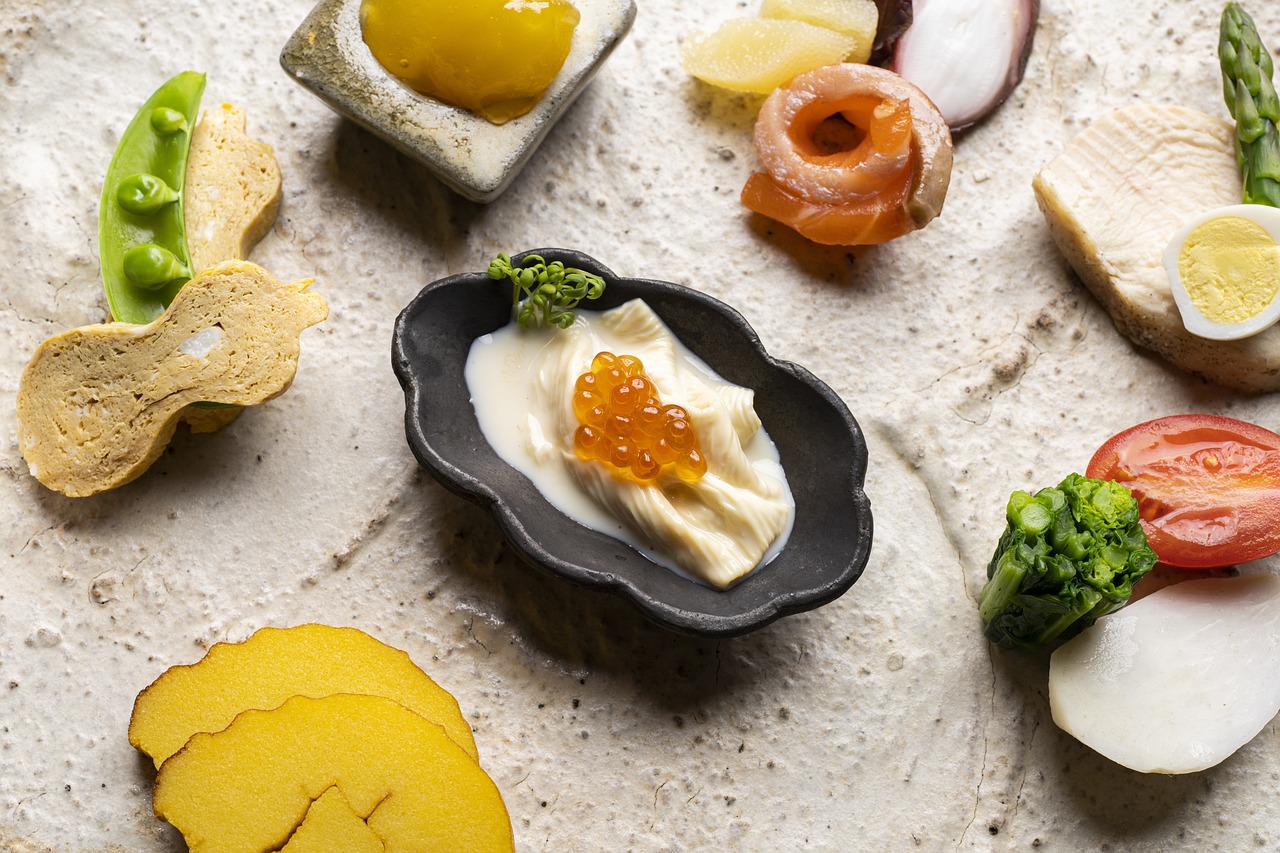
Pairing Mrouzia with Moroccan Wines
Pairing Mrouzia with Moroccan wines is an art that elevates the dining experience to new heights, creating a harmonious blend of flavors that tantalize the taste buds. The rich and savory profile of Mrouzia finds its perfect match in the diverse and vibrant world of Moroccan wines, offering a delightful gastronomic journey for food and wine enthusiasts alike.
When it comes to pairing Mrouzia with Moroccan wines, the key lies in finding the right balance between the sweet and savory notes of the dish and the characteristics of the wine. The robust flavors of Mrouzia, infused with a blend of spices and dried fruits, pair beautifully with the fruity and aromatic profiles of Moroccan wines, creating a symphony of tastes on the palate.
One popular choice for pairing with Mrouzia is a Moroccan red wine, such as a bold and full-bodied Cabernet Sauvignon or a rich and velvety Syrah. These wines complement the hearty flavors of the dish, enhancing its depth and complexity with every sip.
For those who prefer white wines, a crisp and refreshing Moroccan Sauvignon Blanc or a floral and elegant Viognier can be excellent choices to balance the sweetness of Mrouzia's honey and dried fruits, creating a refreshing contrast that delights the senses.
When serving Mrouzia with Moroccan wines, it's essential to consider the temperature of the wine to ensure optimal enjoyment. Red wines are typically served slightly below room temperature, while white wines are best served chilled but not too cold, allowing their flavors to fully unfold and harmonize with the dish.
Ultimately, pairing Mrouzia with Moroccan wines is a delightful experience that showcases the diversity and richness of Moroccan culinary traditions, inviting you to savor every bite and sip in a celebration of flavors and aromas.
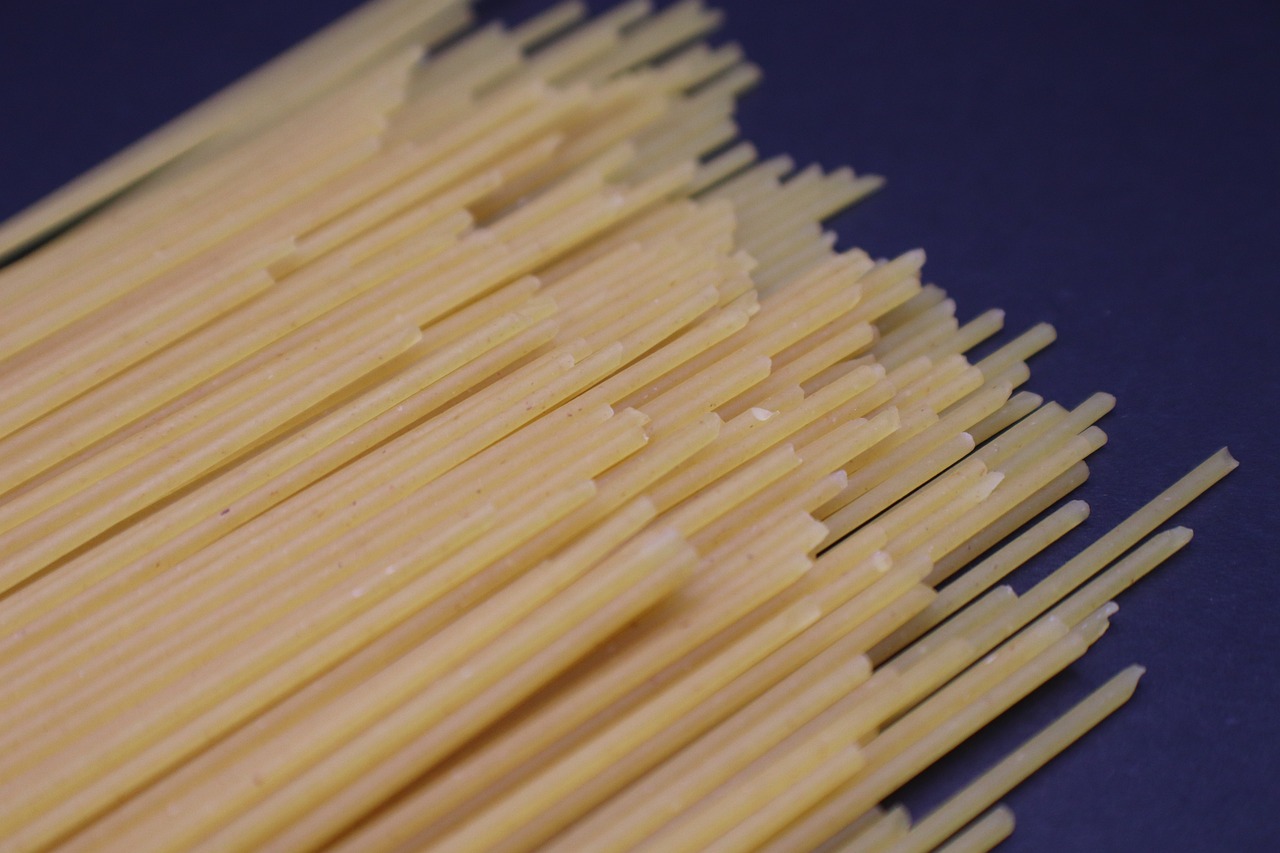
Modern Interpretations and Fusion Cuisine
Modern Interpretations and Fusion Cuisine are revolutionizing the culinary world, bringing a fresh perspective to traditional dishes like Moroccan Mrouzia. Chefs and food enthusiasts are pushing boundaries by infusing innovative techniques and ingredients into this classic recipe, creating a fusion of flavors that tantalize the taste buds.
Imagine the explosion of surprise when you take a bite of a modern Mrouzia dish, where traditional spices mingle with unexpected elements, creating a harmonious symphony of taste. It's like a culinary adventure where each bite uncovers a new layer of flavor, blending the old with the new in a delightful dance on your palate.
Chefs are experimenting with unconventional pairings, incorporating global influences and modern cooking methods to reinvent Mrouzia while still honoring its Moroccan heritage. Picture a table set with a contemporary twist on Mrouzia, where creativity knows no bounds, and each dish tells a story of innovation and tradition.
Through fusion cuisine, Mrouzia is evolving into a versatile dish that appeals to both traditionalists and modern food connoisseurs. It's a journey of culinary exploration, where boundaries blur, and flavors collide to create something entirely new and exciting.
Indulge in the unexpected and savor the creativity that modern interpretations bring to Moroccan Mrouzia. It's a celebration of innovation, a fusion of cultures, and a testament to the endless possibilities that arise when tradition meets modernity in the world of cuisine.
Frequently Asked Questions
- What is Mrouzia?
Mrouzia is a traditional Moroccan dish known for its unique blend of sweet and savory flavors. It typically consists of slow-cooked meat, spices, dried fruits, and honey, creating a rich and aromatic culinary experience.
- What are the key ingredients used in Mrouzia?
The key ingredients in Mrouzia include lamb or beef, a variety of spices such as cinnamon, ginger, and saffron, as well as dried fruits like raisins and apricots. The dish is also sweetened with honey, giving it a distinctive taste.
- How is Mrouzia traditionally served?
Mrouzia is often served during special occasions and festive gatherings in Morocco. It is typically accompanied by couscous or bread and garnished with almonds and sesame seeds. The presentation of Mrouzia is an integral part of the dining experience.
- Can Mrouzia be paired with wine?
Absolutely! Mrouzia pairs well with Moroccan wines, particularly those that have a slightly sweet or fruity profile. The combination of the dish's flavors with the right wine can enhance the overall dining experience.
- Are there variations of Mrouzia?
Yes, there are regional variations of Mrouzia across Morocco, with each region adding its own twist to the dish. Some variations may include different spices, fruits, or cooking techniques, reflecting the diversity of Moroccan cuisine.




